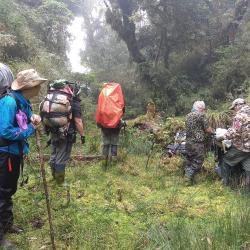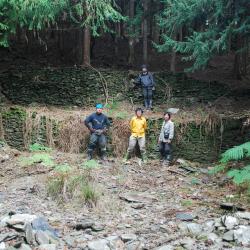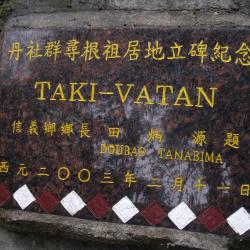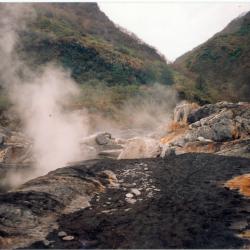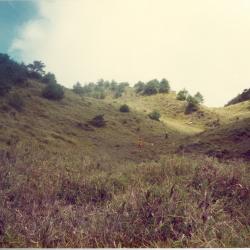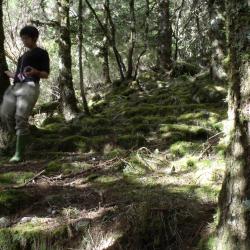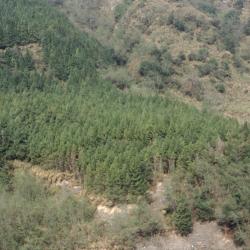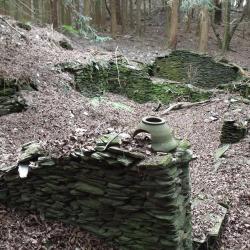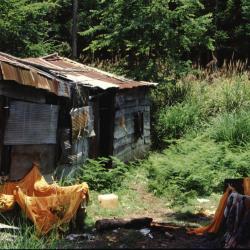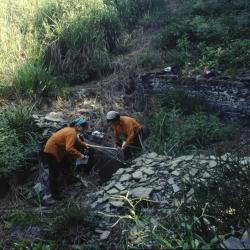The Guanmen Historic Trail, which straddles Jiji Township of Nantou County and Ruisui Township of Hualien County, began construction in 1886 and completed in the following year. The trail starts from Jiji in the west and reaches Fuyuan in the east, about 105 km in length. It was the last excavated road during the Qing period but was not frequently used by the officials then.
During the Japanese occupation, the trail was used by the Government-General in Taiwan to force the Kashe group and Danshe group of the Bunun tribe to move to a concentrated village.
Nowadays, there is a marshland in the east section of the Guanmen Historic Trail, which is located below the ridge line of Bazaishan. Due to the humid and rainy climate here, many sections of the road are quite muddy. Although the terrain is wide, flat and covered with short grass, the bottom is full of mud and is easy to sink in when walking on it.
